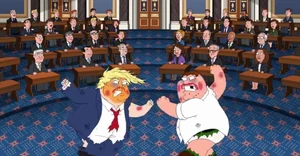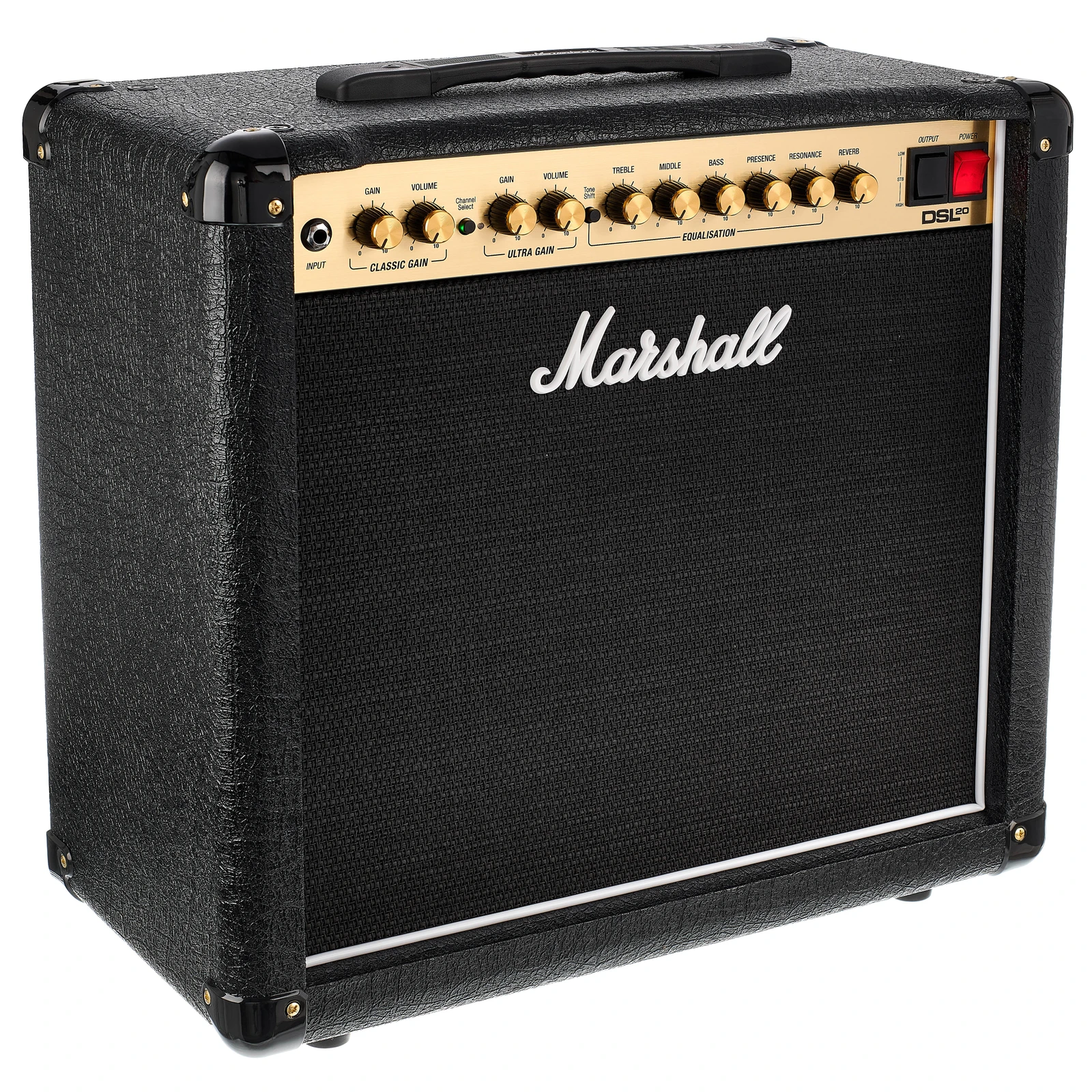AP Government My ass burns
1/14
Earn XP
Description and Tags
Name | Mastery | Learn | Test | Matching | Spaced |
|---|
No study sessions yet.
15 Terms
Federalism
A system of government where power is divided between a central (national) government and regional (state or local) governments. Each level of government has authority in specific areas, and both operate directly on the people.

Enumerated/Expressed Powers
Specific powers in the constitution granted to congress and the President, primarily found in Article I, Section 8. Examples include the power to tax, declare war, and regulate interstate commerce.

Tenth Amendment
Powers not delegated to the U.S by the constitution, nor prohibited to the states. Reserved to the states or people

Concurrent Powers
Powers shared by both federal and state governments. Examples include the power to tax, build roads, and enforce laws.

Full Faith and Credit Clause
Found in Article IV, Section 1 of the Constitution, it requires each state to recognize and honor the laws, public records, and judicial decisions of every other state. This clause ensures legal consistency across state lines.

Comity Clause (Privileges and Immunities Clause)
Found in Article IV, Section 2, it prevents a state from treating citizens of other states in a discriminatory manner. It ensures that citizens enjoy basic rights when visiting or doing business in other states. “Privileges and Immunities”

Source of Implied/Inherit Powers
In Article I, Section 8, make all laws necessary and proper to carry out its proper powers.

Devolution
Process of federal programs. Transfer of power from central governments to smaller and other governmental facilities.

Unitary Government
A system where all governmental power is centralized in a single national government.

Era of Dual Federalism
Between the founding and New Deal discounts Marshall court rulings that were nationalist

Most Criminal Law
Criminal law is primarily a function of state governments. Each state has its own law regulation, although federal criminal law exists for certain offenses.

Role of Commerce Clause
Found in Article I, Section 8, gives Congress the power “to regulate commerce with foreign nations, among states, grew federal power in the states

McCulloch v. Maryland (1819)
The court decided that the Federal Government had the right and power to set up a Federal bank and that states did not have the power to tax the Federal Government

Gibbons v. Ogden (1824)
A landmark case that clarified the scope of the Commerce Clause. The Supreme Court ruled that the federal government has exclusive power to regulate interstate commerce. Federal power Aaron Ogden given monopoly to use steamboat.

Federalism Since the 1930s
Starting with the New Deal during the Great Depression, federalism in the U.S. has shifted toward cooperative federalism (teamwork) The federal government has taken a larger role in regulating the economy and addressing social issues, using grants and mandates to influence state policies.
